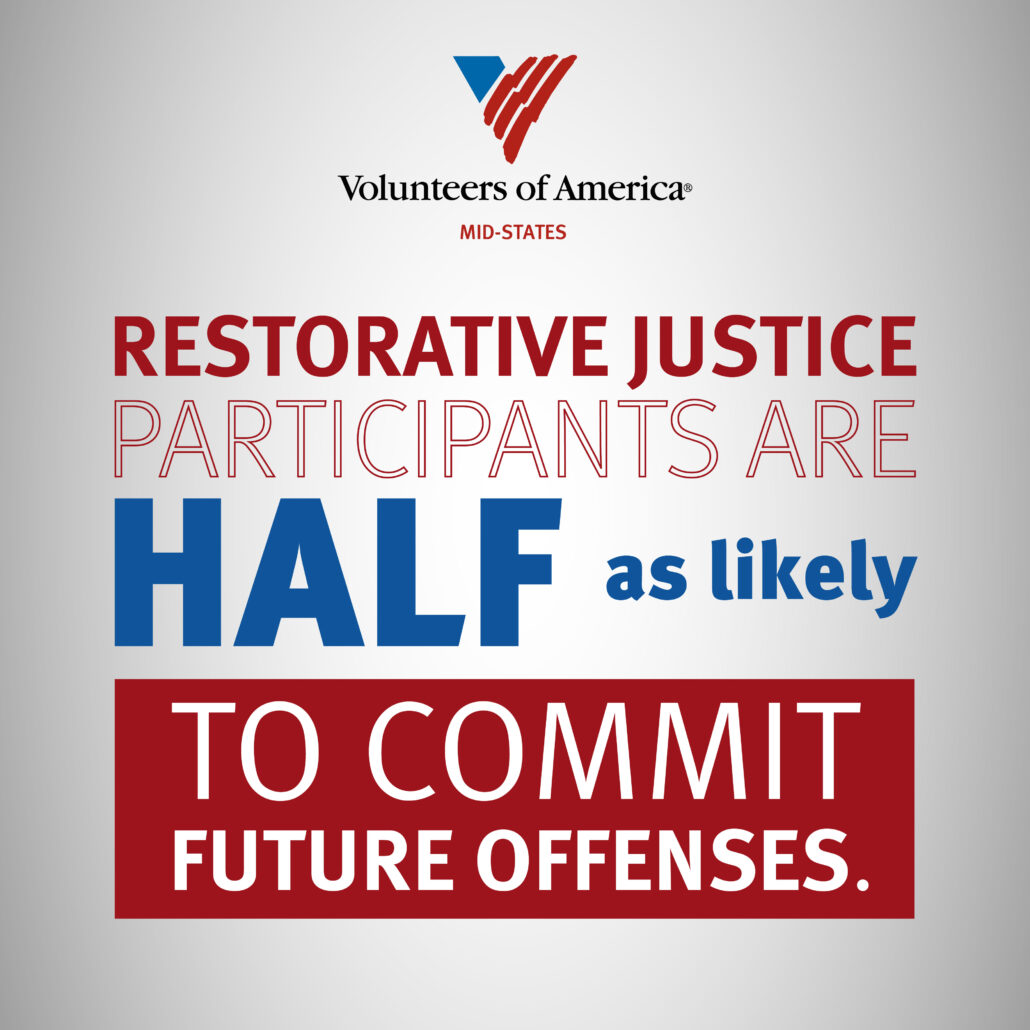By Brenna Angel, Building Kentucky

Think of a major event or incident that has dominated public discourse over the past year, either on a local or national level. It could be anything from a natural disaster, the death of a prominent figure, or some type of large-scale emergency like a mass shooting. This is the type of incident that dominates the news cycle and gets people talking. “Hey, did you hear about…?”
Then there are broader issues – COVID-19, the social justice movement – that are significant parts of the conversations happening around the dinner table, at work, and on social media.
Businesses and organizations need to carefully consider if, when, and how they fit into those social media conversations.
Sure, everyone in your news feed may be sharing and commenting about a particular trending topic, but does that mean your brand or business needs to weigh in on the latest hashtag? And what about your organization’s social media posts that have nothing to do with the “breaking news” of the day? Should you stick with your schedule or wait to post?
The answer: it depends.
There’s no clear-cut guide for the timing of social media posts during special or emergency situations. (This is true even on “normal” days… social media managers are always working to figure out what’s going to reach the most people, when, and with the best engagement.)
Factors To Consider When Reviewing Your Social Media Calendar
How Big Is The Incident And Where Did It Happen?
The more people affected by something and the closer to home make an incident more relevant to you and your audience. The passing of Prince Philip was global news, but it likely had no direct connection to your organization and social media followers.
Is Your Social Media Post Time-Sensitive?
Social media posts and information that your audience needs to know will always be relevant regardless of what else is happening in the world.
“Evergreen” content allows for flexible scheduling.
In my previous role as a spokesperson for the Lexington Police Department, I waited to post a lighthearted story about a kitten in the police traffic barn until we had a relatively quiet, crime-free weekend.
Could Your Post Be Perceived As “Tone-Deaf?”
When a critical incident occurs, people scroll through social media to look for the latest information about what’s happening. Would your post stick out like a sore thumb?
If a community experiences major flooding and property damage, a nearby marina running a Facebook ad about new boat slips would likely be viewed in a poor light. A social media post offering to help people affected by the flooding would be more appropriate.
If You Want To Join The Larger Conversation About Something, How Informed/Committed Are You On The Subject?
Many organizations and businesses who serve a variety of clients or customers avoid commenting about societal issues, which can be controversial and divisive. But that silence could be deafening.
Consider the culture and values of your organization. Do you have a corporate social responsibility?
Is Your Message Authentic?
Whether told via social media or elsewhere, the best stories are compelling, memorable, and leave the audience with an emotional reaction.
If your organization wants to join a larger conversation that’s happening online, be thoughtful with the messaging. Humanize it.
Let’s say your organization wants to make a social media post in support of the community getting COVID-19 vaccinations. Don’t just post “Company XYZ encourages residents to get their COVID-19 shot…” Instead, take the time to highlight an employee who made the decision to be vaccinated.
Social media posts that are genuine – and timely – will resonate with your audience.
About The Author

Brenna Angel, an award-winning communicator with experience in local government and journalism, recently joined C2 Strategic Communications as a senior strategist based in a new Lexington office.
Brenna strengthens C2 Strategic’s transportation segment, working closely with engineering firms and transportation partners to promote infrastructure projects throughout Kentucky and expand the company’s reach.
Brenna’s experience includes engaging with residents, elected officials and media representatives as a public information officer for the Lexington Police Department and serving as deputy communications director for former Lexington Mayor Jim Gray, highlighting city initiatives and working closely with the news media and residents.










